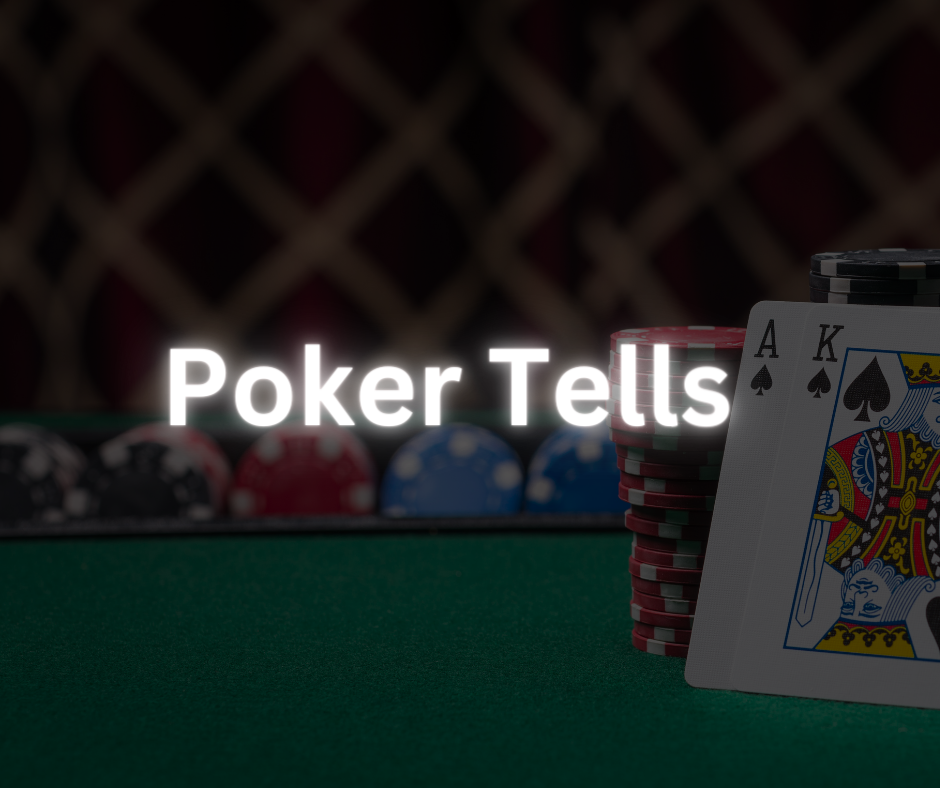
Poker tells are subtle physical or behavioral changes that players inadvertently make, often revealing information about the strength of their hand or their overall strategy. Analyzing poker tells can provide a significant edge in the game.
On Monos fanfarrones, we emphasize that reading tells is just as important as understanding betting patterns or game selection. Whether you’re just starting or looking to sharpen your skills, mastering these cues is crucial.
If you’re new to online poker, check out our Guía para principiantes para comenzar a jugar al póquer en línea y ganar, which complements this guide with strategic fundamentals.
Tabla de contenidos
AlternarAcción retardada
– Interpretación: Podría indicar incertidumbre o un intento de retratar la debilidad mientras se sostiene una mano fuerte.
– Contraestrategia: Tenga cuidado de no sobreinterpretar esta indicación, ya que los jugadores experimentados pueden usarla para engañar.
Immediate Action
– Interpretación: A menudo sugiere una acción premeditada, probablemente indicando una mano fuerte o una certeza de farol.
– Counter-Strategy: Question why a player is acting so quickly; they may be trying to avoid scrutiny.
Mirando las patatas fritas
– Description: Quickly looking at one’s own chips right after seeing their cards.
– Interpretation: Usually a subconscious indication of planning to bet, often because of a strong hand.
– Counter-Strategy: Observe if the player consistently matches this behavior with aggressive play.
Cubrir la boca
– Description: Covering the mouth or part of the face during a hand.
– Interpretation: Can be a sign of nervousness or attempting to conceal a reaction.
– Counter-Strategy: Look for patterns; if a player does this often when bluffing, it’s a reliable tell.
You can learn more about table behavior in our article on Cómo encontrar los mejores juegos de póquer en línea, where emotional control is just as important as choosing the right stakes.
Estrechamiento de manos
– Interpretation: Often indicates adrenaline and can be a sign of a very strong hand rather than a bluff.
– Contra-estrategia: Contrariamente a la intuición, trate el nerviosismo significativo como un signo de fortaleza.
Evitar el contacto visual
– Interpretación: Puede sugerir incomodidad o engaño, lo que indica una mano débil o un farol.
– Contraestrategia: Aumentar la presión elevando o iniciando acciones para forzar una decisión.
Contacto visual excesivo
– Interpretación: Puede ser un intento de intimidar o sugerir fuerza, a menudo un farol.
– Counter-Strategy: Maintain composure; this is often more about the opponent’s insecurity
Señales verbales
– Interpretación: La quietud repentina puede indicar una mano fuerte, mientras que la charla repentina puede ser un farol.
– Contraestrategia: Escuche las inconsistencias en el comportamiento o tono habitual de un jugador.
Cambios de postura
– Interpretación: La relajación a menudo indica confianza (mano fuerte), mientras que tensarse puede sugerir ansiedad (mano débil o farol).
– Contraestrategia: Observe la postura de referencia para distinguir entre cambios naturales y forzados.
Expresiones faciales
– Interpretación: Las expresiones faciales involuntarias pueden traicionar los verdaderos sentimientos de un jugador sobre su mano.
– Contraestrategia: Desarrolle un buen ojo para las expresiones fugaces, conocidas como "microexpresiones".
Apilamiento de fichas
– Interpretación: Las pilas ordenadas y organizadas a menudo indican un jugador metódico y experimentado, mientras que las pilas descuidadas pueden sugerir descuido o inexperiencia.
– Counter-Strategy: Adjust your strategy based on the perceived experience and confidence of your opponent.
Jugar con fichas
– Interpretation: Can indicate nervousness or impatience, often seen with weaker hands or when deciding to bluff.
– Counter-Strategy: Be cautious; this tell is not as reliable as others and can vary greatly between players.
Patrones de respiración
– Interpretación: La respiración rápida o profunda puede ser una reacción a la excitación o al estrés, lo que indica una mano fuerte o la ansiedad de un farol.
– Counter-Strategy: Look for discrepancies in breathing patterns, especially after a significant game development.
El tamaño de la apuesta indica
– Interpretation: Overly large bets might suggest a bluff, while smaller, value-seeking bets could indicate a strong hand trying to lure others into the pot.
– Counter-Strategy: Pay attention to patterns in a player’s bet sizing and adjust your strategy accordingly. Be cautious not to read too much into a single instance, but look for consistent behavior.
Charla de mesa y comentarios
– Description: The content and tone of a player’s conversation during a hand.
– Interpretation: Players expressing certainty or trying to dissuade others from calling might actually
hold weak hands. Conversely, players downplaying their hands or encouraging calls may hold strong hands.
– Counter-Strategy: Evaluate the sincerity of table talk. Experienced players often use reverse psychology, so it’s crucial to base decisions on a comprehensive read of their behavior and betting
patterns.
Want to sharpen your observation skills further? Browse our Sección de preguntas frecuentes sobre póquer where we answer common queries about behavior, odds, and strategy.
Consejos generales para interpretar los tells de póquer:
– Consistency: Look for tells that occur consistently in similar situations; a single occurrence might be coincidental or deceptive.
– Análisis contextual: Siempre considere el contexto del juego, como el patrón de apuestas y la posición del jugador, al interpretar los indicios.
– Señales falsas: Tenga cuidado con las señales falsas dadas deliberadamente por jugadores experimentados para engañar a los oponentes.
– Control emocional: Mantenga la compostura y controle sus reacciones para evitar revelar sus propias señales
Los tells de póquer ofrecen información valiosa, pero deben ser un componente de una estrategia más amplia que incluya análisis matemático, comprensión psicológica y conciencia situacional. Recuerde, los jugadores de póquer más efectivos combinan habilidades de observación con una sólida comprensión de los fundamentos del póquer para tomar decisiones informadas.
